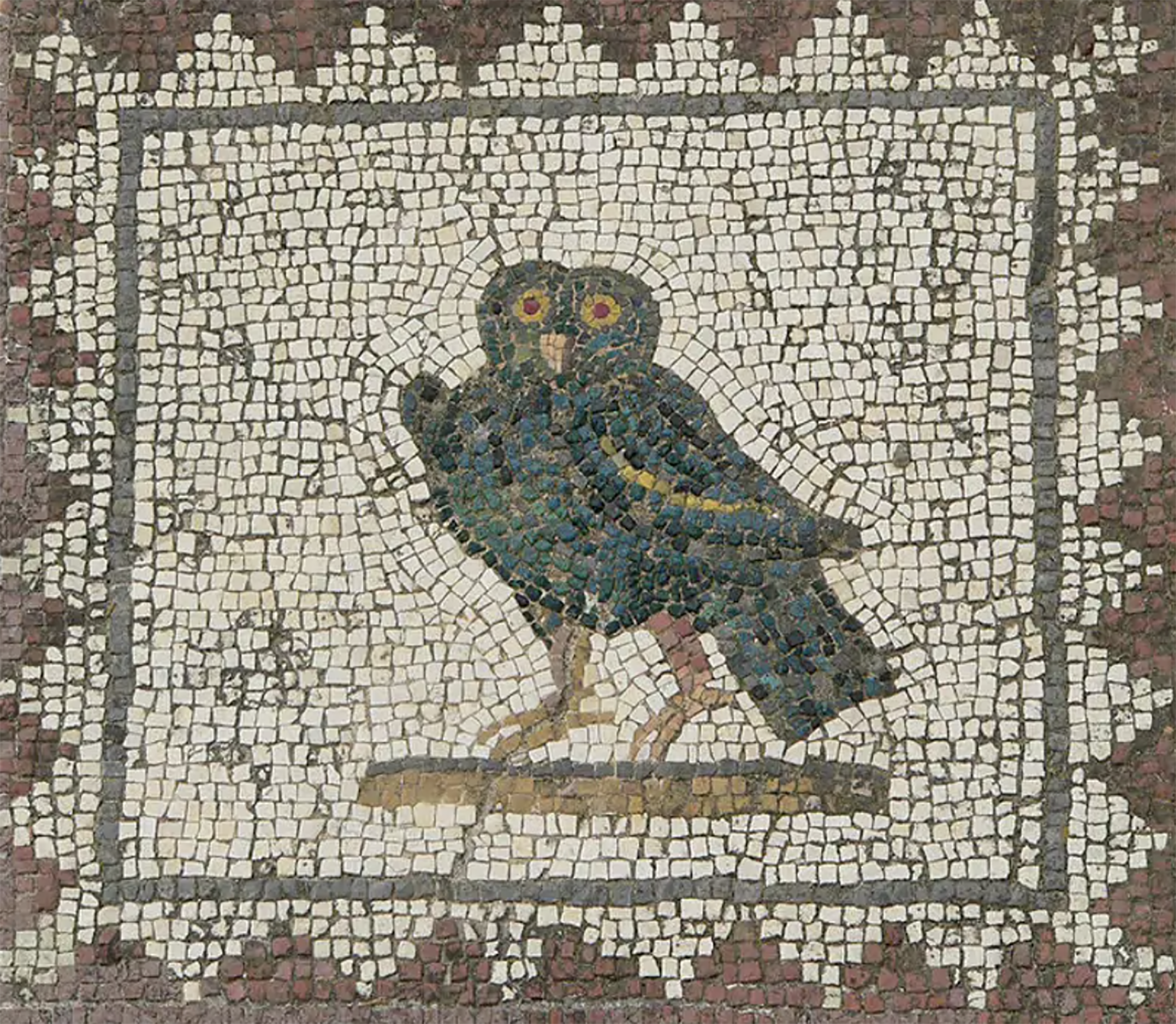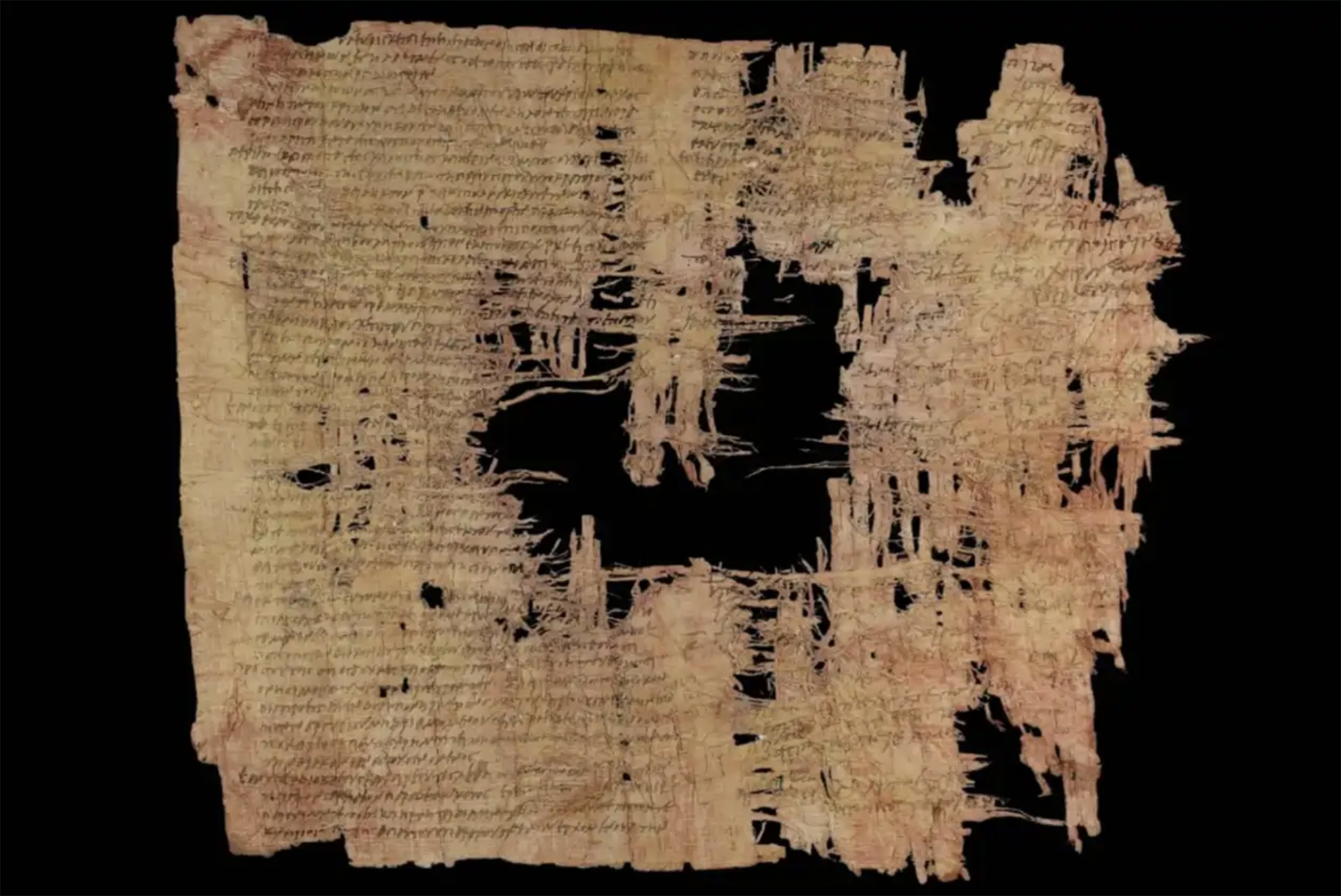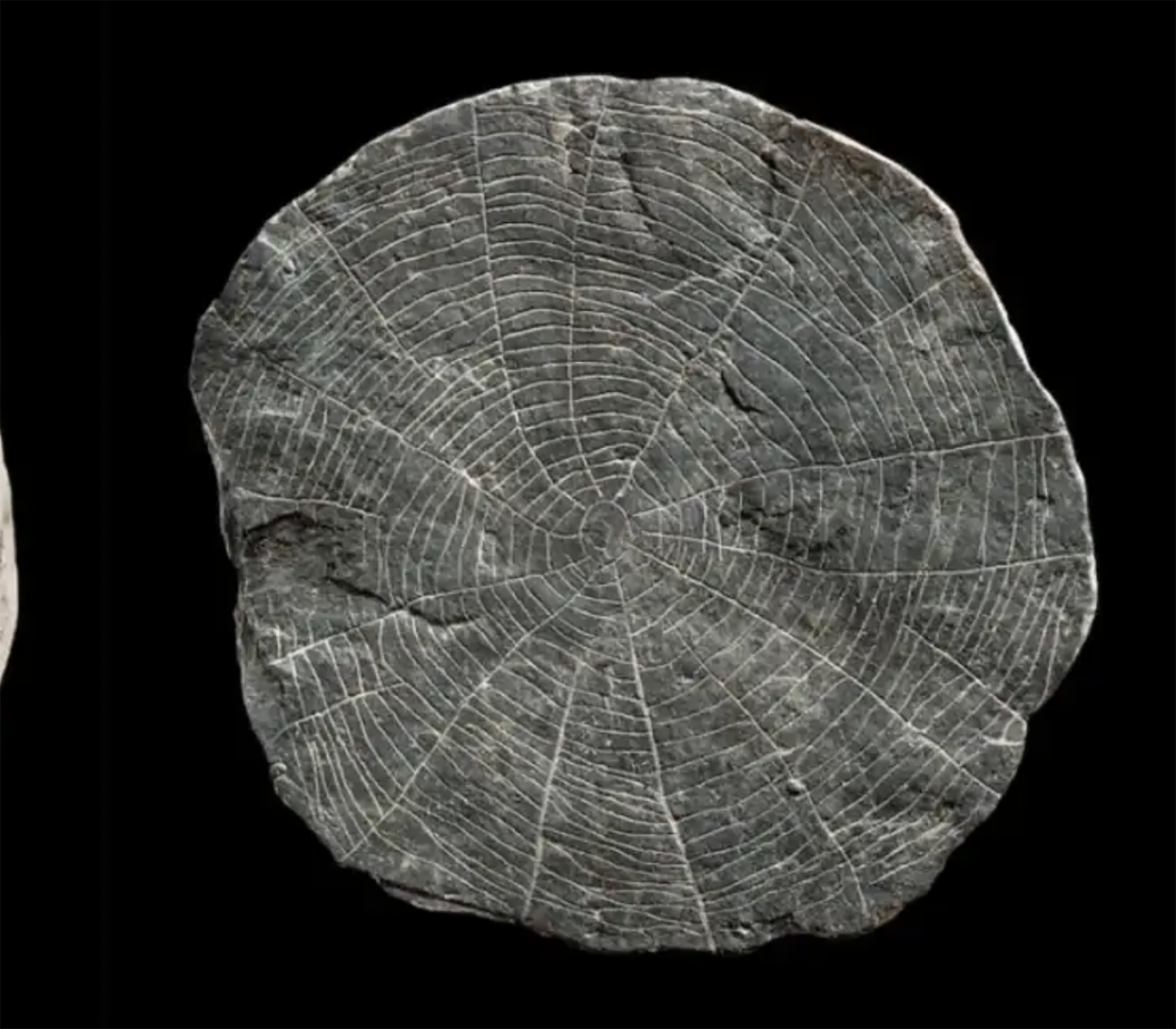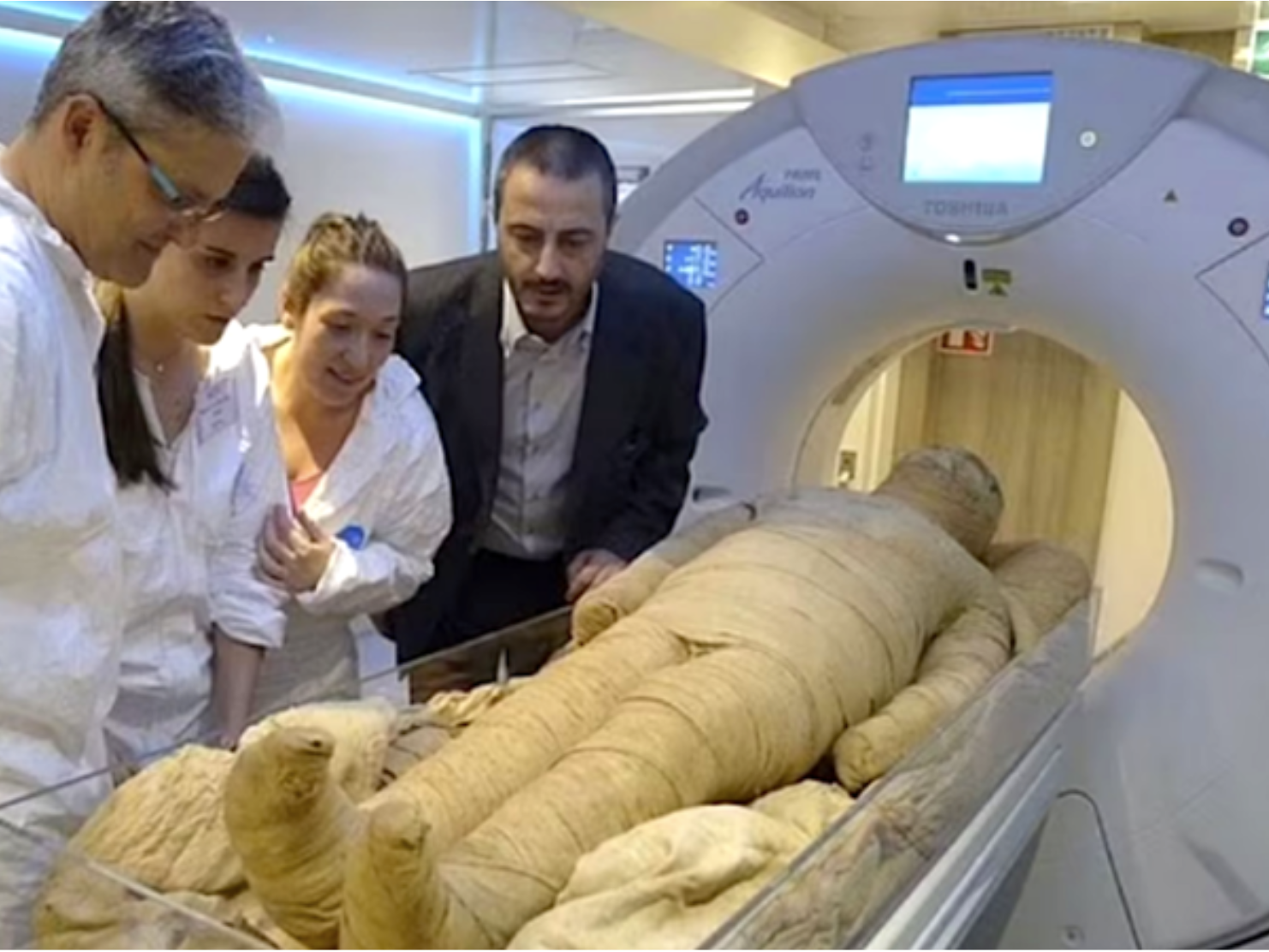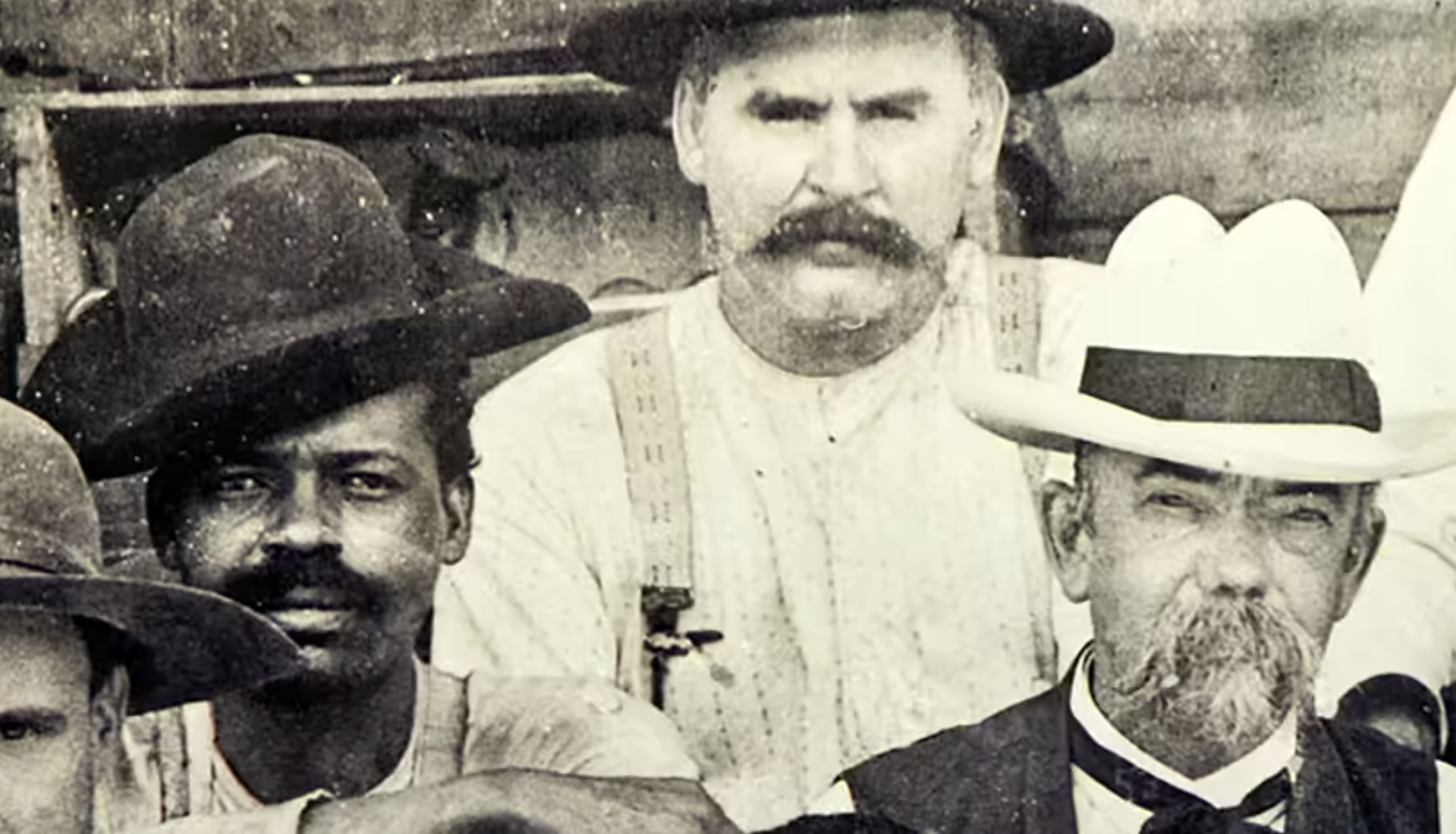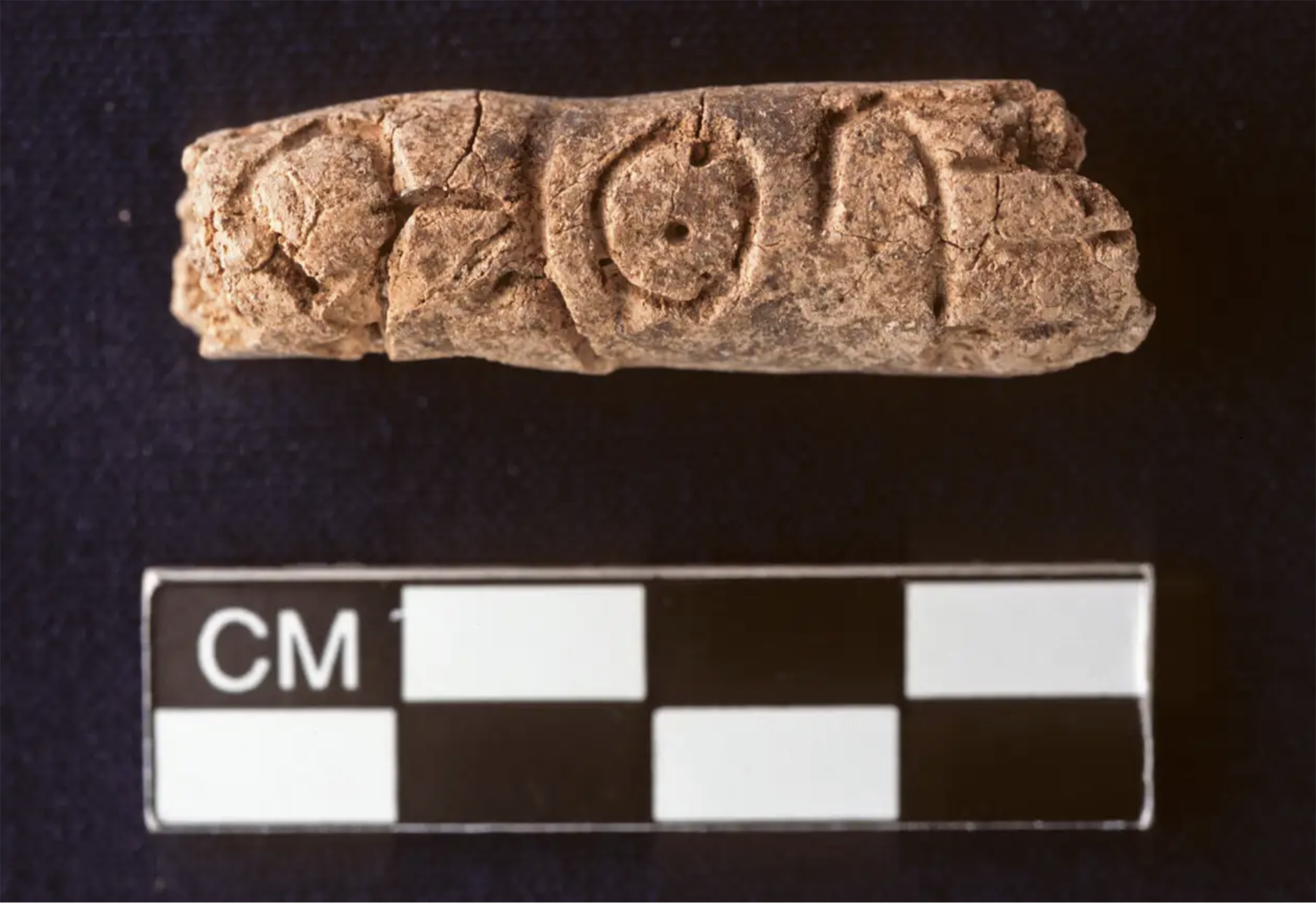Sinking of Hitit and a Basque boat
- Anatolia, 3,200 years ago. The Hitit empire sank. One of the major powers of the Bronze Age, including the one facing Assyrians and Egyptians, disappeared in a few years. An investigation discovers mystery tests on tree trunks back then.
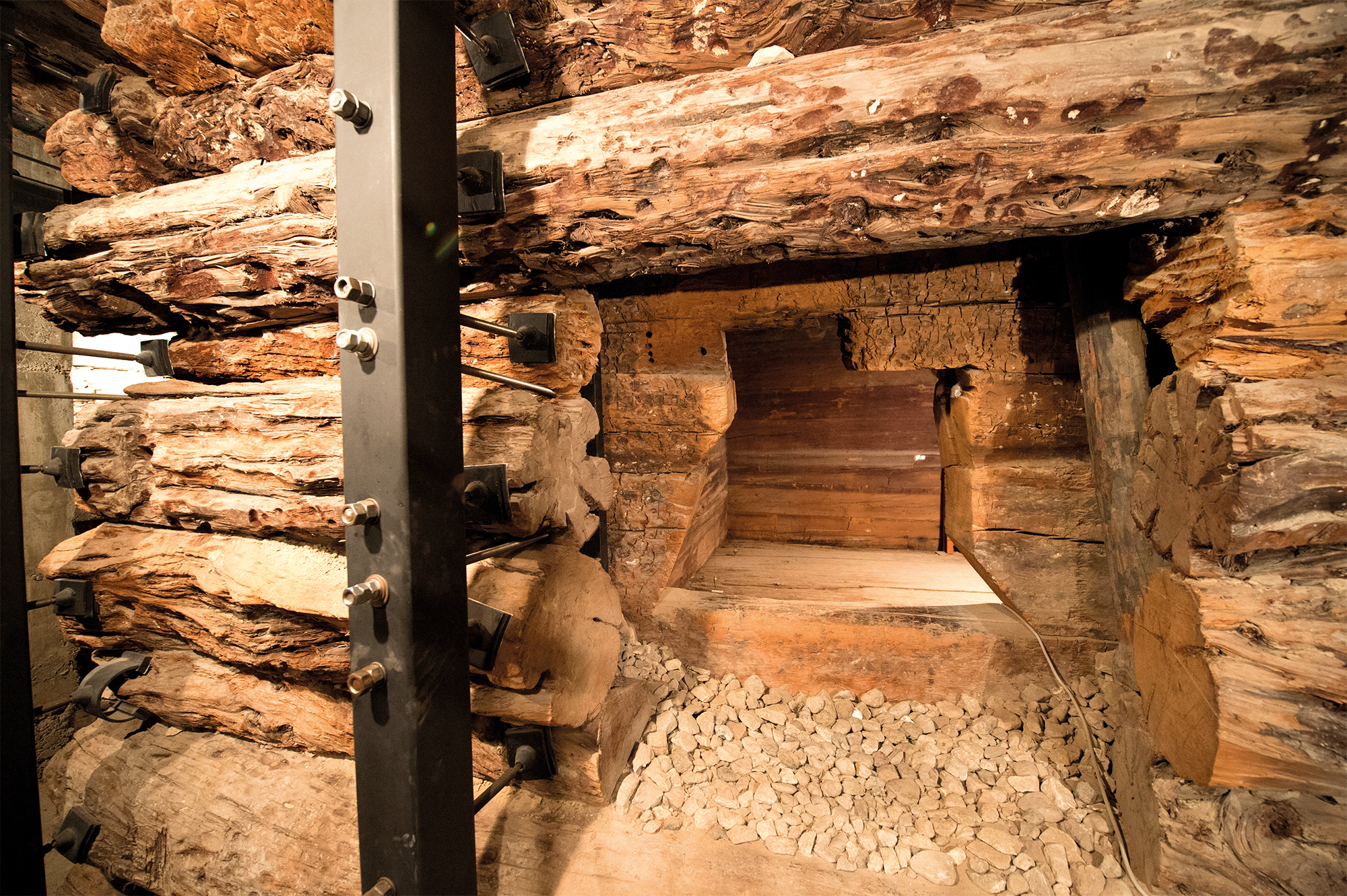
Volcanoes, earthquakes, pirates, migrations, invasions, epidemics… many hypotheses have been released to explain the sudden decline of the Hittite empire, but a study recently published in the journal Nature has unveiled the mystery: the Hittite empire could not cope with a long three-year drought (a. C.). 1298-1296). The exact answer was read by the archaeologist at Sturt Manning Cornell University in the rings of the tree logs, that is, dendrochronology has been used.
For this purpose, he has studied the wooden chamber of the tomb of King Midas in Gordion (Turkey), the name of the well-known king, for which the real for which he was built is unknown. The House was built about 2,700 years ago with over a hundred logs. This happened in the time of the kingdom of Frigia, centuries after the decline of Hitit. But because they used juniper wood, and the tree species lives a long time, eighteen living logs were identified at the time of the Hittites. And in all of them, three distinctive rings have been found that indicate extreme water shortages.
Thanks to dendrochronology, logs are not just calendars, but maps. As the sequences of local rings are completed, it is possible to know not only the origin of the wood, but also its origin.
But thanks to dendrochronology, logs are not just calendars, but maps. As the sequences of local rings are completed, which in California have shaped the chronology of the species Pinus longaeva, over 8,000 years, you can know when the wood is and where it is from.
In 2002, 15th century shipwrecks were discovered in the former port of Newport in Wales. The dendrochronologist Nigel Nayling dated the ship 26 meters, but the wooden ring of the boat did not find synchronization with the numerous dendrochronological references of the UK. This wood didn't come from the British Isles. He sent the completed sequence to the laboratories he knew in Europe, thus reaching Arkeolan in 2005. But the reference curve Arkeolan had at the time was limited. In 2011 and 2012 it was extended to the 13th century and compared to Newport's references by dendrochronologist Joshua Susperregi. And the two of them came together. Nayling quickly arrived in the Basque Country and in the laboratory of Irún, along with Susperregi, found in a week that the synchronization was perfect. The 26-meter boat from Newport was built with oak grown in the Basque Country.
In the Maszycka cave in Poland, remains of 18,000 years ago were found at the end of the 19th century. But recently, human bones have been studied using new technologies and found clear signs of cannibalism.
This is not the first time that a study has reached this conclusion,... [+]
Porzheim, Germany, February 23, 1945. About eight o’clock in the evening, Allied planes began bombing the city with incendiary bombs. The attack caused a terrible massacre in a short time. But what happened in Pforzheim was overshadowed by the Allied bombing of Dresden a few... [+]
Poloniar ikerlari talde batek Sevillako Italica aztarnategiko Txorien Etxea aztertu du, eta eraikinaren zoruko mosaikoak erromatar garaiko hegazti-bilduma xeheena dela ondorioztatu du.
Txorien etxean 33 hegazti daude mosaikoetan xehetasun handiz irudikatuta. Beste... [+]
Judea, 2nd century AD. In the turbulent atmosphere of the Roman province, a trial was held against Gaddaliah and Saul, accused of fraud and tax evasion. The trial was reported on a 133-line paper in Greek (pictured). Thinking that it was a Nabataean document, the papyrus was... [+]
Archaeologists have discovered more than 600 engraved stones at the Vasagård site in Denmark. According to the results of the data, dating back to 4,900 years ago, it is also known that a violent eruption of a volcano occurred in Alaska at that time. The effects of this... [+]
Vietnam, February 7, 1965. The U.S. Air Force first used napalma against the civilian population. It was not the first time that gelatinous gasoline was used. It began to be launched with bombs during World War II and, in Vietnam itself, it was used during the Indochina War in... [+]
Japan, 8th century. In the middle of the Nara Era they began to use the term furoshiki, but until the Edo Era (XVII-XIX. the 20th century) did not spread. Furoshiki is the art of collecting objects in ovens, but its etymology makes its origin clear: furo means bath and shiki... [+]
In an Egyptian mummy of 3,300 years ago, traces of Yersinia pestis, the bacterium that caused the Justinian plague in the 6th century and the Black Plague in the 14th century, have just been found.
Experts until now believed that at that time the plague had spread only in... [+]
Greenland, the end of the 10th century. The first Scandinavian explorers and settlers arrived on the island. But by the 15th century these settlements had been abandoned and the original Inuit remained. But in 1721, the missionary Hans Egede organized an expedition and the... [+]
In 2017, Indonesia and the Netherlands signed an agreement to return the heritage stolen by the European country because of colonialism for three centuries. The Indonesian responsible for the return process, Gusti Agung Wesaka Puja, explained that this agreement "was important in... [+]
Greece 1975. The country began the year as a republic, three weeks earlier, in the referendum on 8 December 1974, after the citizens decided on the end of the monarchy.
A decade earlier, in 1964, when King Paul I died, his son Constantine took the throne at the age of 23.
But... [+]
Copenhagen, 18 December 1974 At 12 noon a ferry arrived at the port, from where a group of about 100 Santa Claus landed. They brought a gigantic geese with them. The idea was to make a kind of “Trojan Goose” and, upon reaching the city, to pull the white beard costumes... [+]
Tennessee (United States), 1820. The slave Nathan Green is born, known as Nearest Uncle or Nearest Uncle. We do not know exactly when he was born and, in general, we have very little data about him until 1863, when he achieved emancipation. We know that in the late 1850s Dan... [+]
New York, 1960. At a UN meeting, Nigeria’s Foreign Minister and UN ambassador Jaja Wachucu slept. Nigeria had just achieved independence on 1 October. Therefore, Wachuku became the first UN representative in Nigeria and had just taken office.
In contradiction to the... [+]
Researchers at Johns Hopkins University have discovered several cylinders with inscriptions at the present Syrian Reservoir, the Tell Umm-el Marra. Experts believe that the signs written in these pieces of clay can be alphabetical.
In the 15th century a. The cylinders have... [+]













